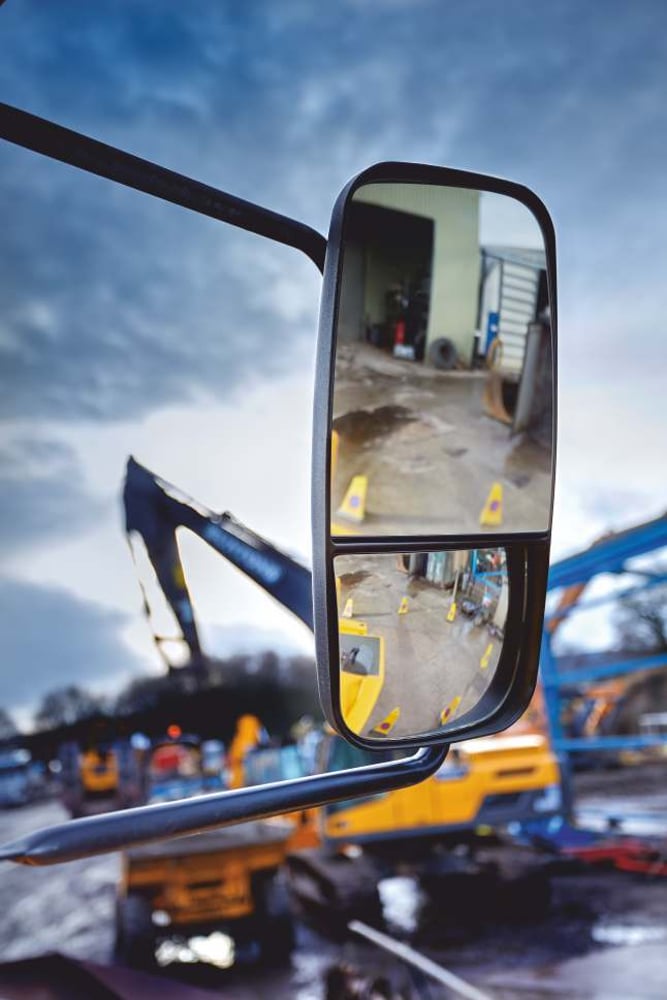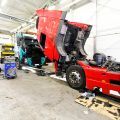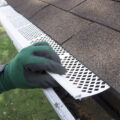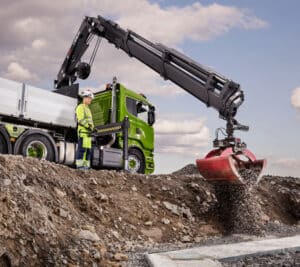Understanding NZ’s Driving Environment
New Zealand’s road conditions vary immensely—from narrow city lanes to rugged forestry tracks and long-distance coastal highways. Trucks operating in these different regions face constant exposure to gravel, mud, salt air, rain, and even snow depending on the time of year.
This geographical and climatic variation places added stress on both vehicles and accessories. Drivers who fail to account for NZ-specific conditions may find that standard or imported accessories degrade quickly, compromise safety, or fail outright under local demands.
Why Tailored Accessories Matter
Truck accessories designed for overseas markets often don’t match the practical needs of New Zealand drivers. For instance, a lighting system optimised for European highways might not cope well with dense NZ fog or frequent off-road use.
Similarly, accessories made for dry, urban environments may corrode or deteriorate quickly in the wet, salty air of coastal regions. Choosing purpose-built accessories for NZ conditions ensures better durability, fewer breakdowns, and improved road safety year-round.
Lighting Solutions That Work for NZ Roads
Visibility Challenges in NZ
Foggy mornings in Waikato, rainy nights in Wellington, and pitch-black farm tracks in Otago all present serious visibility issues. Effective truck lighting isn’t just about convenience—it’s about safety.
Low visibility increases the likelihood of accidents, especially when navigating winding roads or sharing space with smaller vehicles, cyclists, or pedestrians. Visibility is a critical consideration when working in rural environments or making early morning deliveries during winter months.
Choosing the Right Lighting Setup
Lighting systems should be selected based on both road type and operating hours. Weather-resistant, sealed units are essential for long-term durability, especially in areas prone to rain or mud. Trucks that frequently operate in rural or off-road areas benefit from auxiliary spotlights or floodlights mounted above the cab or on the bumper.
High-mounted tail lamps and clear indicator lights also enhance safety and are essential for compliance with NZTA road rules. Always ensure that lighting is professionally installed and meets NZ’s legal brightness and placement standards.
Mudflaps and Guards for Rugged Terrain
The Function of Mudflaps and Guards
Mudflaps and wheel guards protect both your truck and others from stones, water, and debris kicked up while driving. On rural gravel roads or in muddy paddocks, trucks are likely to spray significant amounts of material behind them—potentially damaging other vehicles or obscuring visibility for following drivers. These accessories also help minimise road grime and paint damage to your own vehicle, especially during winter or wet-weather operations.
Selecting Durable, Compliant Gear
In New Zealand, it’s important to choose mudflaps made from heavy-duty materials such as rubber or composite blends that can handle frequent bending and impact. Flaps that are too short or made from thin plastic may not last through one season of serious work.
Wheel guards should fully cover the tyre’s upper area to prevent splash and comply with road safety regulations. In off-road or agricultural environments, extended guards may be necessary to manage heavy mud build-up and improve safety around pedestrians or workers.
Mirror Options for Better Visibility
Navigating Tight Roads and Open Highways
From central Auckland’s congested streets to the wide, exposed stretches of State Highway 1, truck drivers face drastically different visibility challenges. Proper mirror configuration is essential for maintaining awareness of surrounding traffic, obstacles, and pedestrians.
Trucks operating in rural or heavy-load scenarios must also account for blind spots and the added dimensions of their trailers or attachments.
Key Features to Look For
Consider fitting extended mirrors with adjustable arms to give better rearward coverage, particularly when towing or carrying oversized loads. Wide-angle and convex mirrors help eliminate blind spots and are a smart addition for navigating tricky intersections or backing into tight worksites.
In colder regions, heated mirror options prevent fogging and icing, ensuring clear sightlines in frosty conditions. Durability is also key—mirrors should be shatter-resistant and mounted on secure brackets that can handle regular vibration and minor impacts.
Safety Add-Ons Every NZ Driver Should Consider
Increasing Safety Beyond Factory Standards
While modern trucks are built with a solid baseline of safety features, additional accessories can significantly enhance protection for both the driver and the general public. In New Zealand, where trucks often operate near schools, farms, and busy construction zones, having extra safeguards makes a meaningful difference in preventing injuries and avoiding fines.
Practical Safety Upgrades
Reverse alarms, high-visibility tape, and proximity sensors are excellent additions for urban and worksite vehicles. Load-securing accessories such as tie-downs, ratchet straps, and cargo barriers reduce the risk of shifting materials that can destabilise the truck or fall onto the road.
First-aid kits, fire extinguishers, and emergency beacons are mandatory for some commercial operators but are worthwhile investments for all trucks, especially those working in remote areas. Installing a dash cam can also support insurance claims and promote responsible driving practices.
Seatbelts and Restraint Systems for Long-Term Safety
Legal Compliance and Road Safety
New Zealand law mandates that all truck seatbelts meet specific standards for fit and function. Older trucks often lack modern restraint systems, making upgrades both a legal and a safety imperative. Proper seatbelts help reduce the severity of injury in collisions, and failure to comply with seatbelt regulations can lead to significant penalties, especially in commercial or passenger-carrying vehicles.
Comfort and Functionality on Long Drives
Long hours on the road demand seatbelt systems that balance safety with comfort. Drivers should look for belts with padded straps, adjustable tension systems, and high-durability buckles that can withstand constant use.
Installing newer three-point harnesses in place of outdated lap belts can provide better protection and improve comfort for extended travel. Regular inspections should be conducted to check for fraying, poor retraction, or failure to lock, any of which signal the need for immediate replacement.
Balancing Practicality with Performance
Choosing Smart, Durable Accessories
It’s easy to get overwhelmed by the range of truck accessories available, but in NZ conditions, performance and durability should always outweigh flashy extras or untested brands. Prioritise parts that have a proven track record in harsh environments and that are backed by proper installation and support.
Investing in Long-Term Value
Where possible, opt for modular or upgrade-ready accessories that can grow with your vehicle needs. A quality lighting setup, seatbelt upgrade, or safety mirror system may have a higher upfront cost, but it will last longer and require fewer replacements. Properly installed accessories reduce wear on your vehicle and make it easier to meet WOF and compliance checks down the line.
Smart Accessorising for NZ Roads
Choosing the right truck accessories for NZ conditions is about understanding the local environment and matching it with practical, compliant, and durable solutions. Whether you’re working in forestry, construction, logistics, or farming, the right gear will protect your vehicle, keep you safe, and ensure you meet all necessary regulations.
By investing in accessories tailored to New Zealand’s roads and weather, you’re not just maintaining your truck—you’re future-proofing your entire operation.












